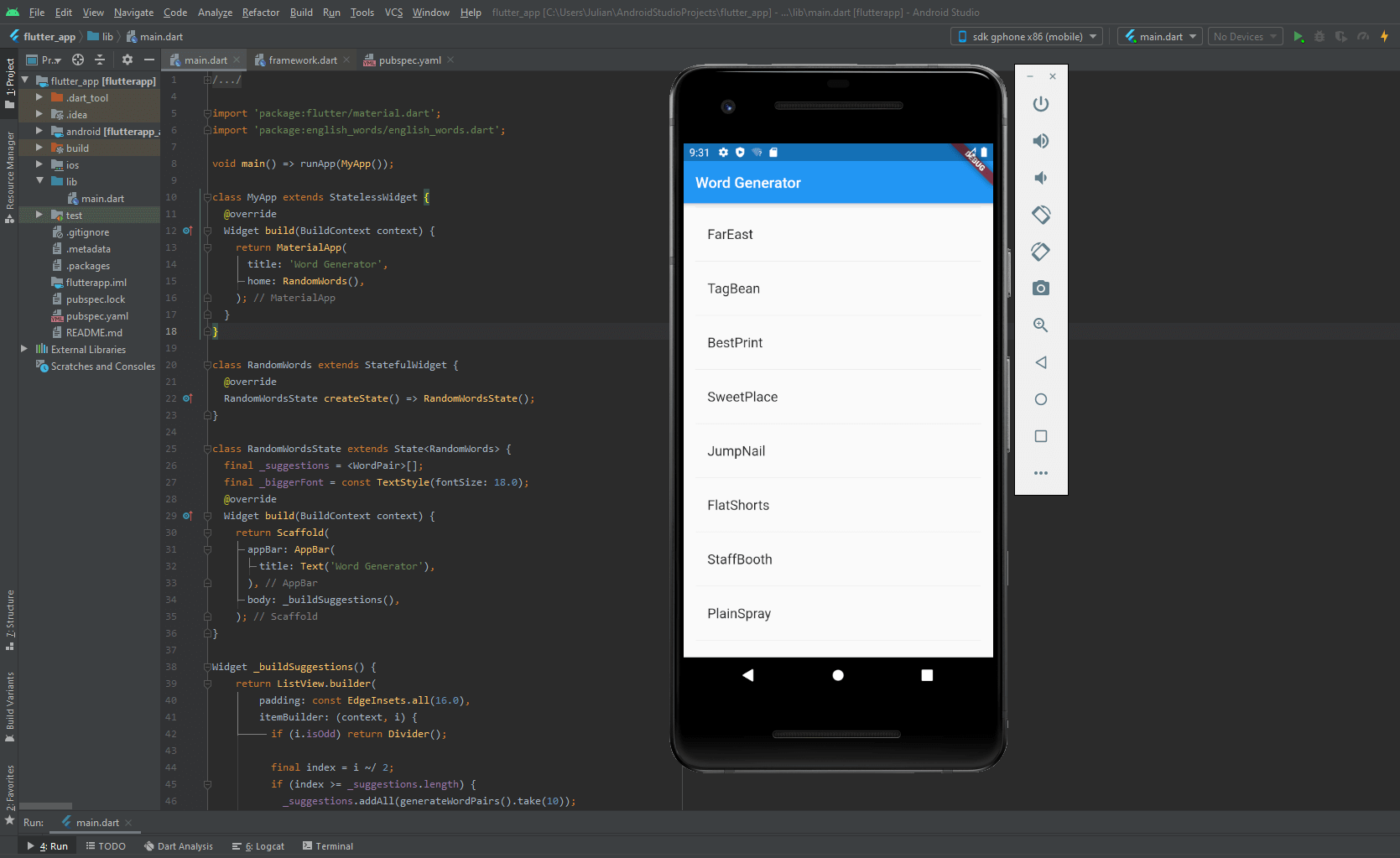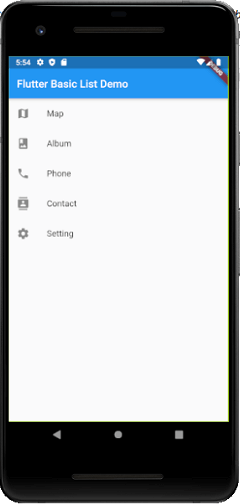


- #Android studio icon in title sometimes how to
- #Android studio icon in title sometimes install
- #Android studio icon in title sometimes android
- #Android studio icon in title sometimes code
You can download the project and view the class file to see all the logic that goes into place, but here are a few main points: I created a MiniBoardView class that extends View which will handle the drawing of the board, markings, and whether the board is in a playable, win, or draw state. So selecting our new emulator we’re able to start running our application. Great, now let us start developing our custom View.
#Android studio icon in title sometimes android
You will see the device represented in a new window and back in Android Studio when you look in the Device Manager you should see your new emulator. Once added, select the new device and click play.
#Android studio icon in title sometimes install
If you decided to install Genymotion (which I still highly recommend), run it and add a new device to emulate. Once we compile the app successfully and attempt to run though, the studio brings up the Device Manager to choose an emulator. drawable-xxhdpi (480 dpi, Extra-Extra-high density screen) – 144px x 144pxĪfter that we will go back to our manifest file and set the android:icon to our new app icon.drawable-xhdpi (320 dpi, Extra-high density screen) – 96px x 96px.drawable-hdpi (240 dpi, High density screen) – 72px x 72px.drawable-mdpi (160 dpi, Medium density screen) – 48px x 48px.drawable-ldpi (120 dpi, Low density screen) – 36px x 36px.Here is a rough break down of the dimensions: Then to include an app icon, I must include an image into each of the res/drawable-xxxx folders with the image resized appropriately.

In here I will simply add a title for our app by setting the android:label property. Let us start off with adding basic information for our application by looking into the AndroidManifest.xml. When created you can see there is already a pretty verbose folder structure created for a default project. To get started, open up Android studio and create a new project. This way the UI can change however it needs to while keeping the main logic the same. If you are not familiar with MVVM it is simply a way to decouple business logic from the UI. Since I am coming from a C#/WPF world I am going to bring over some of the concepts of MVVM into this architecture. Needless to say, it is quite an interesting take on TicTacToe and I encourage you to try it. There is also a bit of strategy that was added to force the player to consider where their next move should. Each individual game that is won is considered a marker for the overall game. The game is similar to regular TicTacToe, except the game is expanded into a 3×3 grid of TicTacToe games. So, during this project I decided to port my coworkers TicTacToe concept into Android.
#Android studio icon in title sometimes how to
As for learning how to develop an Android application, the tutorial on Android’s site works quite well located here. Also, I would highly recommend downloading Genymotion as an Android Emulator replacement since the one on Android Studio is extremely slow. The entire installation process may take a while if the JDK needs to be installed first. As a preface, Android Studio requires at least JDK 6 installed before beginning. To get started I went ahead and downloaded the Android Studio. The IDE, which is based on IntelliJ IDEA, is still in early access preview though, but already looks quite promising. I went ahead and decided to give Google’s IDE, Android Studio, a try during this process. So, I decided to go ahead and take a step back into the world of Java to create an Android app.
#Android studio icon in title sometimes code
Click here to download code and sample projectĬurrently, developing mobile applications is one of the most popular environments to program.


 0 kommentar(er)
0 kommentar(er)
